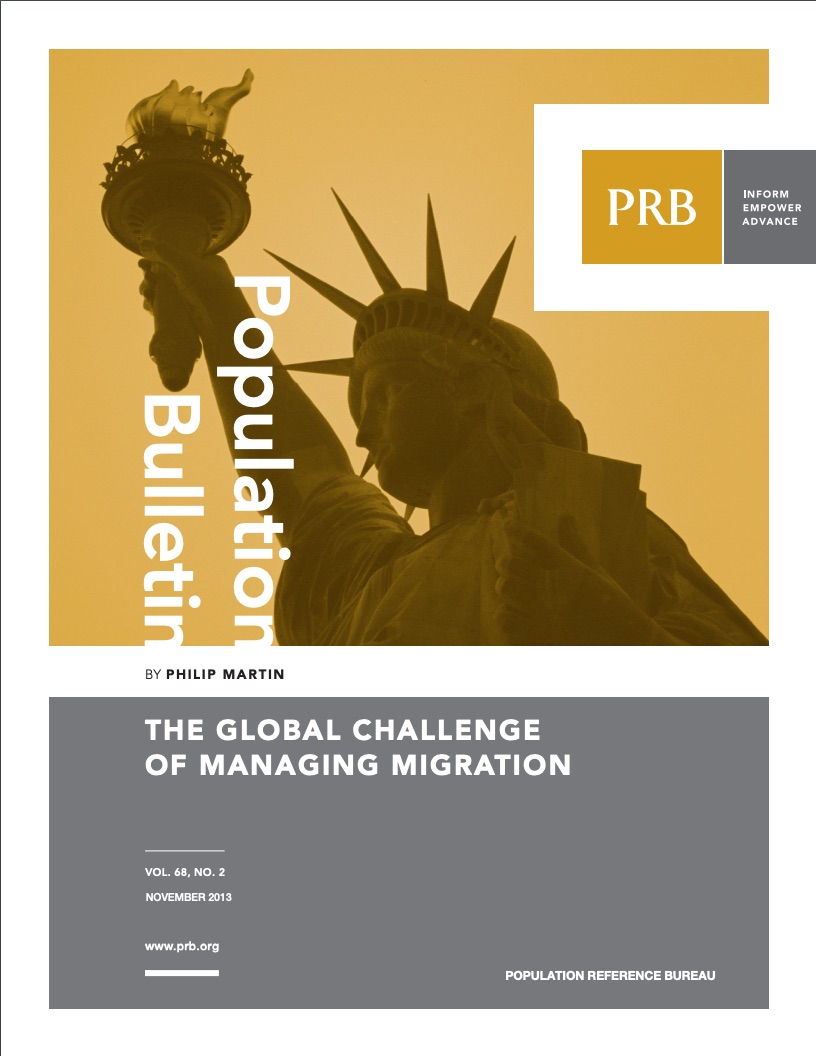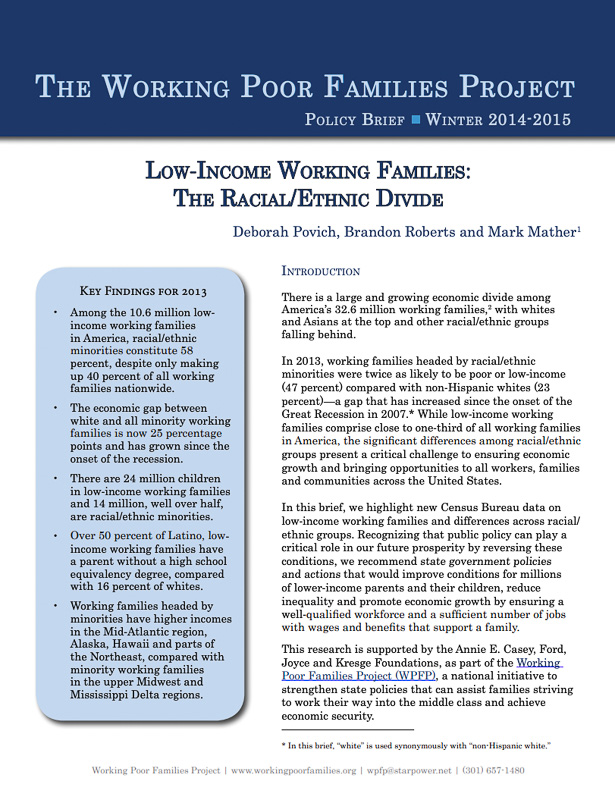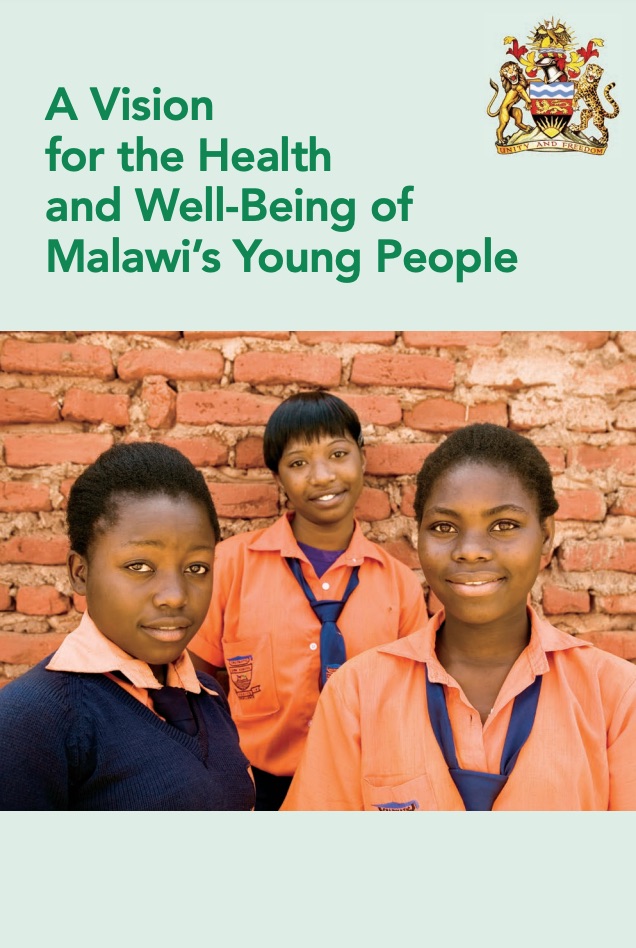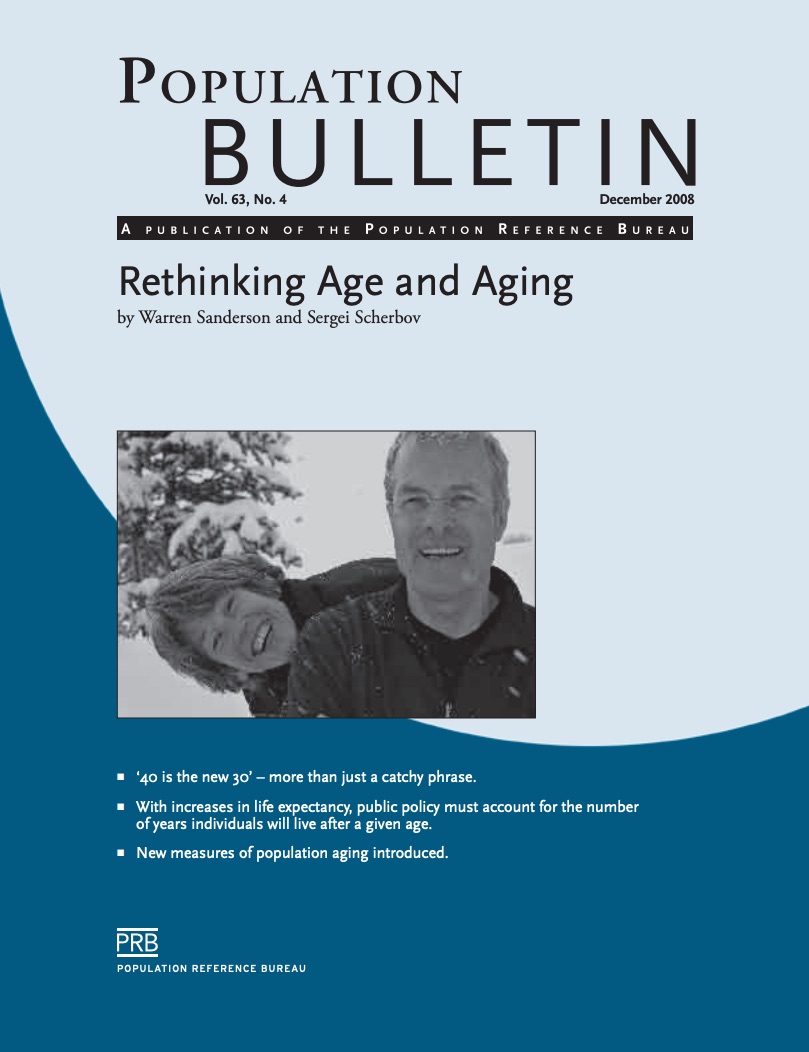Population Bulletin, vol. 68, no. 2. The Global Challenge Managing Migration
(2013) The number of international migrants more than doubled between 1980 and 2010, from 103 million to 220 million.1 In 2013, the number of international migrants was 232 million and is projected to double to over 400 million by 2050.





